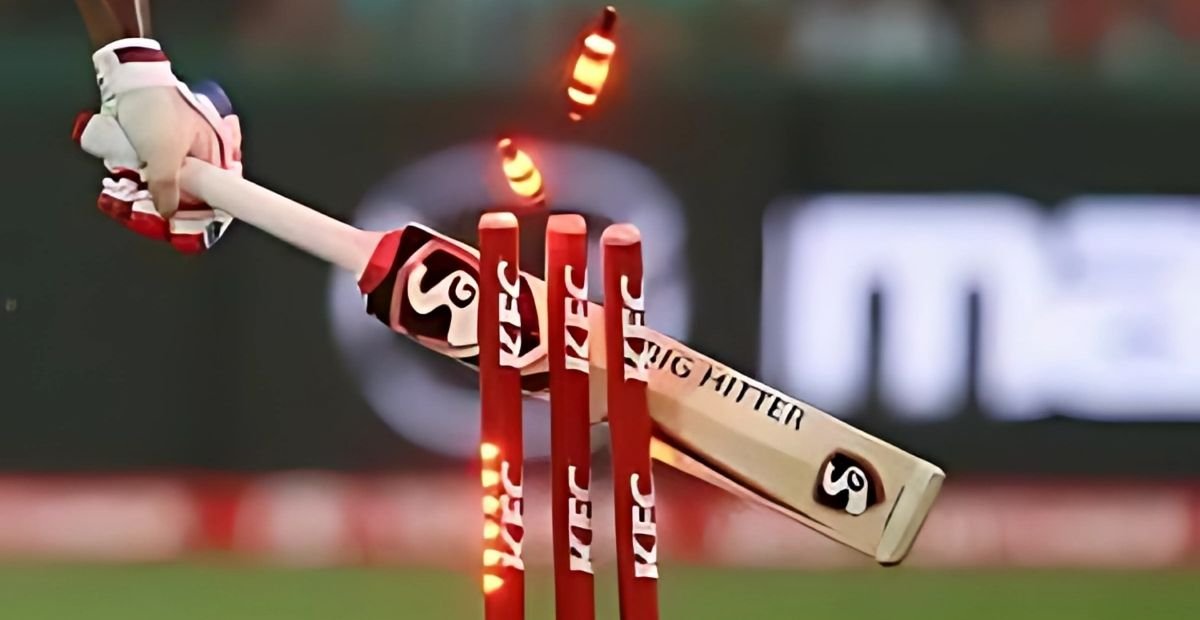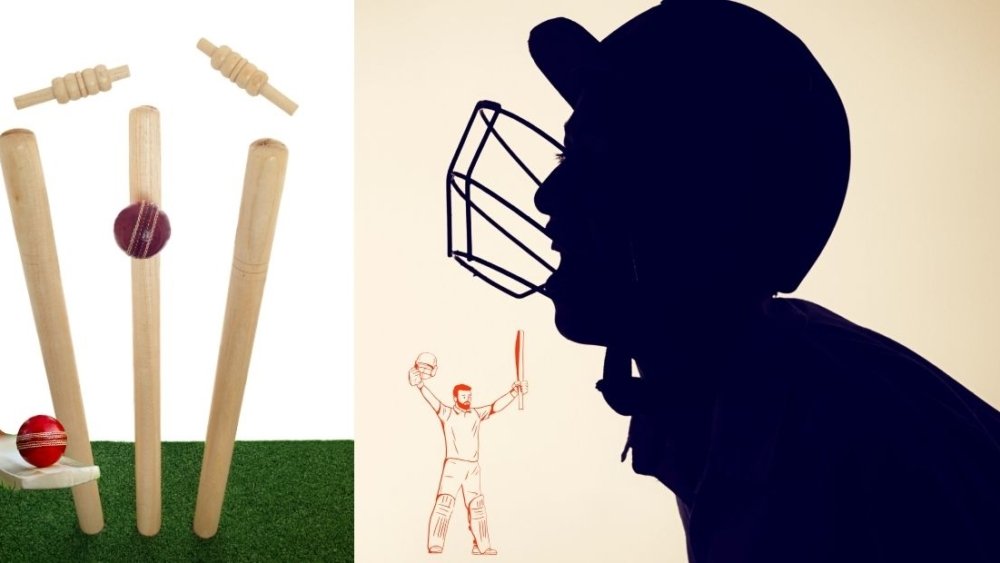Cricket, a sport rich in tradition and terminology, has many unique terms that sometimes confuse new fans. One such term is “stumps.” If you’re new to cricket or just curious, understanding what stumps mean and their significance is essential to grasping the game better. In this blog, we’ll explore what stumps are in cricket, their role in the game, and why the phrase “calling stumps” is commonly heard during matches.
What Are Stumps in Cricket?
In cricket, stumps refer to the three vertical wooden posts that are placed at each end of the cricket pitch. These posts form part of the wicket and stand upright in the ground, side by side, with small gaps between them. Positioned precisely 22 yards apart, the stumps mark the target that bowlers aim for and that batsmen try to defend.
The three stumps have specific names based on their positions relative to the batsman:
- Off Stump: The stump farthest from the batsman’s legs (on the off side).
- Middle Stump: The central stump.
- Leg Stump: The stump closest to the batsman’s legs (on the leg side).
Together, the stumps support two small wooden pieces called bails that rest on top. The stumps and bails combined make up the wicket.
The Role of Stumps in Cricket
Stumps are a fundamental part of cricket’s gameplay and rules. They serve several important functions:
- Target for Dismissals
The stumps act as the primary target for bowlers. One of the most common ways a batsman gets out is by being bowled when the bowler’s delivery hits the stumps and dislodges the bails. If the bails fall off, the umpire declares the batsman out.
Stumps are also central to other dismissal methods, such as:
- Run Out: When a fielder breaks the stumps with the ball while the batsman is outside the crease.
- Stumping: When the wicketkeeper removes the bails while the batsman is out of their crease, usually after missing a delivery.
- Marking the Crease and Pitch
The stumps mark the exact point where the batsman stands to defend the wicket. They help define the bowling crease, the line the bowler must not overstep during delivery. The pitch between the two sets of stumps is the main battleground of the game, and the stumps visually anchor this space.
- Visual Reference for Players and Umpires
The stumps provide a clear and visible target for bowlers to aim at and for umpires to judge dismissals. The precise location of the stumps makes it easier to assess if a ball hits the wicket or if a batsman’s foot is inside the crease during run-outs or stumpings.
Why Are They Called “Stumps”?
The term “stumps” likely originates from the resemblance of these wooden posts to short tree stumps. In cricket history, early versions of the wicket might have literally been wooden stumps stuck into the ground.
The phrase “calling stumps” is also commonly used in cricket commentary and conversation. It means the end of play for the day or the session. When umpires call “stumps,” it signals that no more play will happen until the next scheduled session.
Materials and Dimensions of Stumps
According to the Laws of Cricket set by the Marylebone Cricket Club (MCC), each stump must be made of wood (traditionally ash or similar hardwood), and they must be:
- 28 inches (71.1 cm) tall.
- The total width of the three stumps together is 9 inches (22.9 cm).
- Each stump has a diameter of about 1.38 inches (3.5 cm).
The bails must fit securely on top and be easily dislodged when struck by the ball or by the players.
Modern Innovations: Lighted and Digital Stumps
In recent years, cricket has seen technological innovations like Zing bails and light-up stumps, which light up immediately when the bails are dislodged. This helps umpires make quick and accurate decisions, especially in tight situations during fast-paced games like Twenty20 (T20).

Conclusion
Stumps are much more than just wooden posts in cricket; they are central to the game’s structure, rules, and excitement. They represent the battleground where bowlers challenge batsmen and where many thrilling moments of dismissal occur.
Whether you’re a casual fan or a budding player, understanding stumps and their role enriches your appreciation of cricket’s nuances. Next time you hear “calling stumps,” you’ll know it means the end of a day’s play and a chance to reflect on the battles fought between bat and ball.


